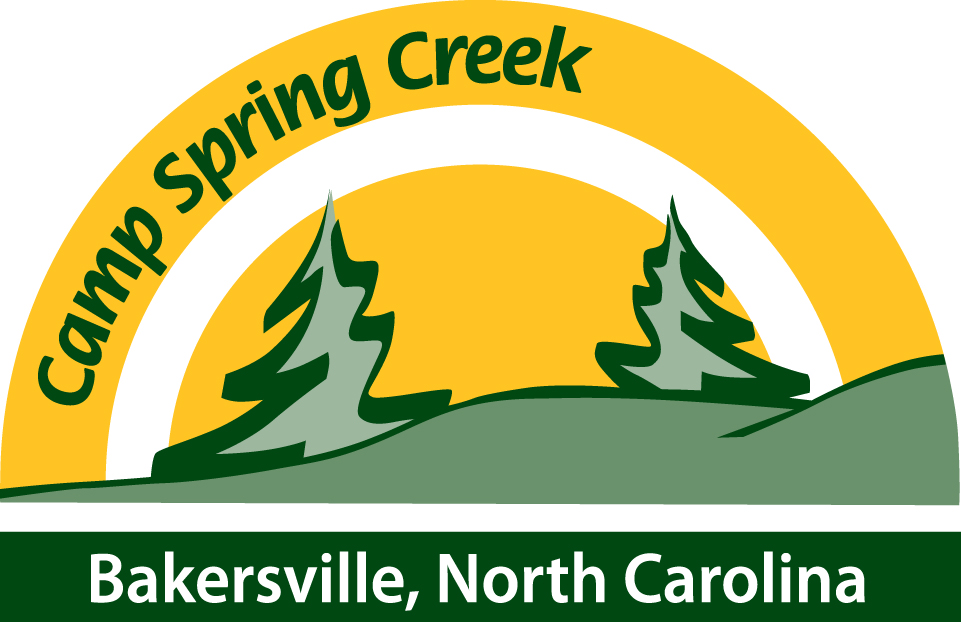 Today we are pleased to publish this message from author, artist, teacher, and inspiring individual Jeanne Betancourt. Jeanne has been honored by the Kildonan School and also received the 2004 Life Achievement Award from the Hamilton School at Wheeler. Jeanne has taught in junior and senior high schools and was on the graduate faculty of the Media Studies Program at the New School for Social Research. She has served as a consultant, speaker, and workshop leader on adolescents, writing, and the media, and is a past president of New York Women in Film and Television. Her website offers a wealth of resources and we encourage you to check it out.
Today we are pleased to publish this message from author, artist, teacher, and inspiring individual Jeanne Betancourt. Jeanne has been honored by the Kildonan School and also received the 2004 Life Achievement Award from the Hamilton School at Wheeler. Jeanne has taught in junior and senior high schools and was on the graduate faculty of the Media Studies Program at the New School for Social Research. She has served as a consultant, speaker, and workshop leader on adolescents, writing, and the media, and is a past president of New York Women in Film and Television. Her website offers a wealth of resources and we encourage you to check it out.
I took my first tap class when I was six-years-old, the same year I was supposed to learn to read and spell. I loved my Saturday morning classes in Miss Irene’s studio above a storefront in downtown Rutland, Vermont. When Miss Irene realized I was having trouble following her right foot/left foot directions, she put a red ribbon on my right tap shoe. I am convinced that my 12 years of tap classes as a kid and the tap classes I take today help me with my dyslexia. My feet learn what to do and which foot does what. While the beat goes on, my brain easily identifies right and left as I learn dance steps and routines.
People are often surprised to learn that I am dyslexic. They think that being dyslexic would prevent me from being a successful writer. I believe that being dyslexic has helped me as a writer.
Since learning to read and write was difficult for me growing up, I paid more attention to the world around me. I took clues to what people were thinking and feeling from their speech and body language. Today, as an author, it is easy for me to imagine what it would be like to be in someone else’s shoes. Being able to put yourself in another person’s place and understand how they feel is a key to being a good writer. I also have strong visual memories and can easily imagine the places I’ve been as I describe them for the reader. These skills are more important for me as a storyteller than the skills I don’t have because I am dyslexic—like being a good speller and a speedy reader.
The story I wrote in MY NAME IS BRAIN BRIAN follows Brian’s adventures, friendships, and family life before and after he learns that he is dyslexic. By the end of the story, he realizes that the mistake he made spelling his name on the board the first day of sixth grade is true. He is a Brain.
Anna, in a series I wrote called The Pony Pals, is also dyslexic. In every book, I remind my readers about that. Anna doesn’t like school as much as Pam and Lulu. When they write their ideas for solving Pony Pal Problems, Anna draws hers. Like many dyslexics, she has artistic talent. Anna’s dyslexia is a big part of the plot for two of the Pony Pal books, #2: A PONY FOR KEEPS and #38: PONIES ON PARADE.
I hope that my personal story and novels help dyslexics of all ages recognize their own strengths. And that the people in their lives—teachers, parents, friends—acknowledge that we all have individual learning styles. Here is my twist on the American proverb: “You can’t tell a book by its cover.” You can’t tell a child’s potential by how easily they learn to read.
